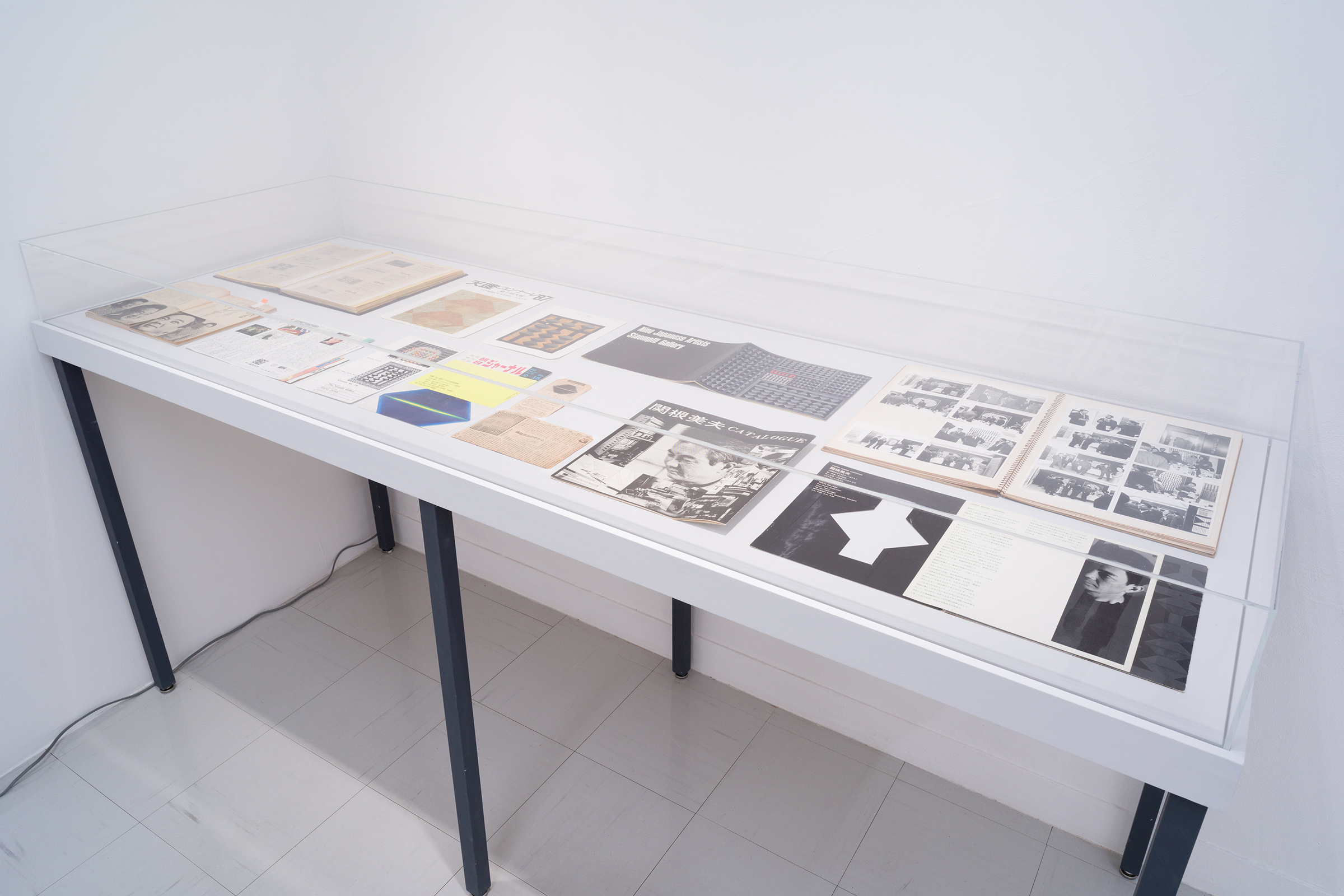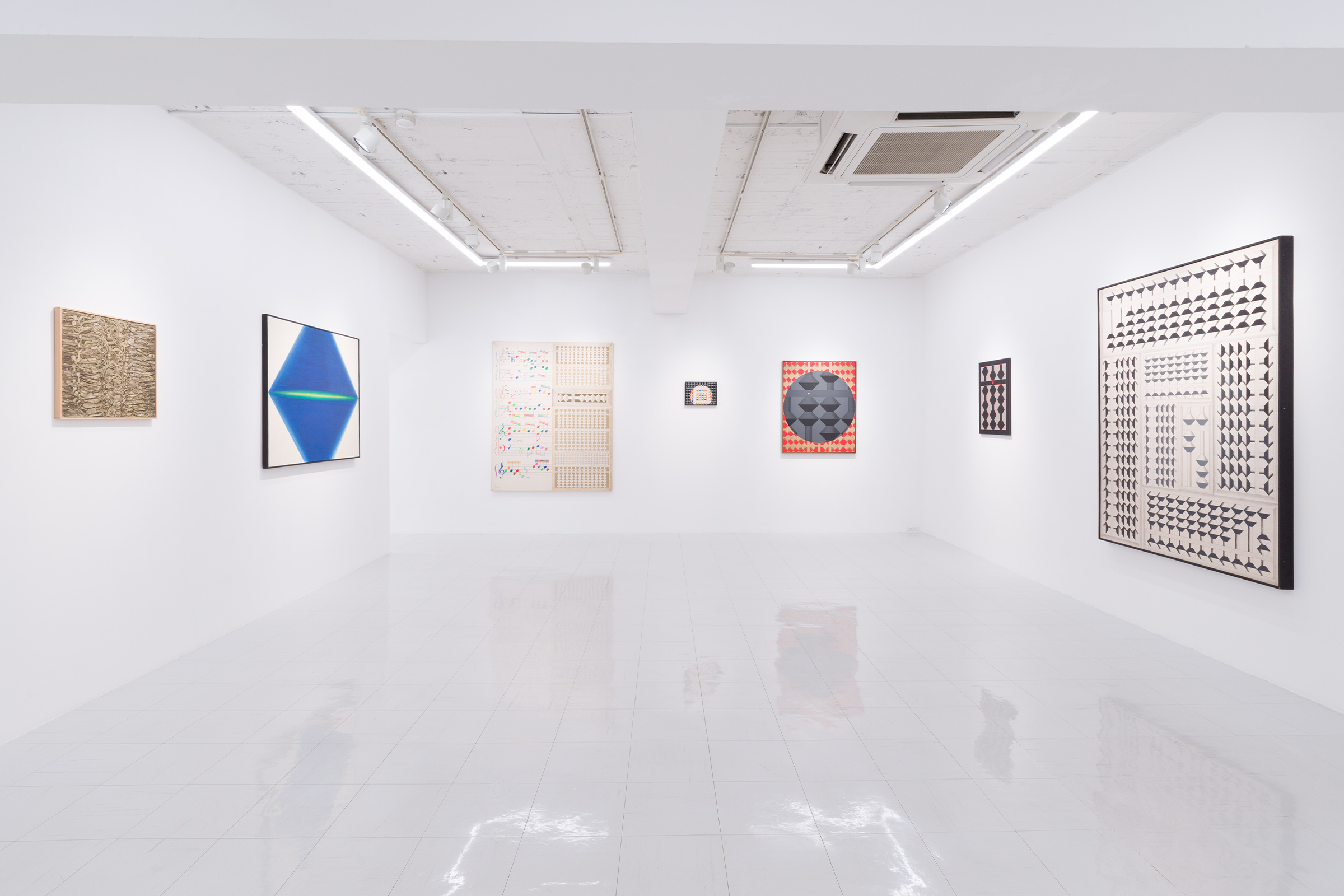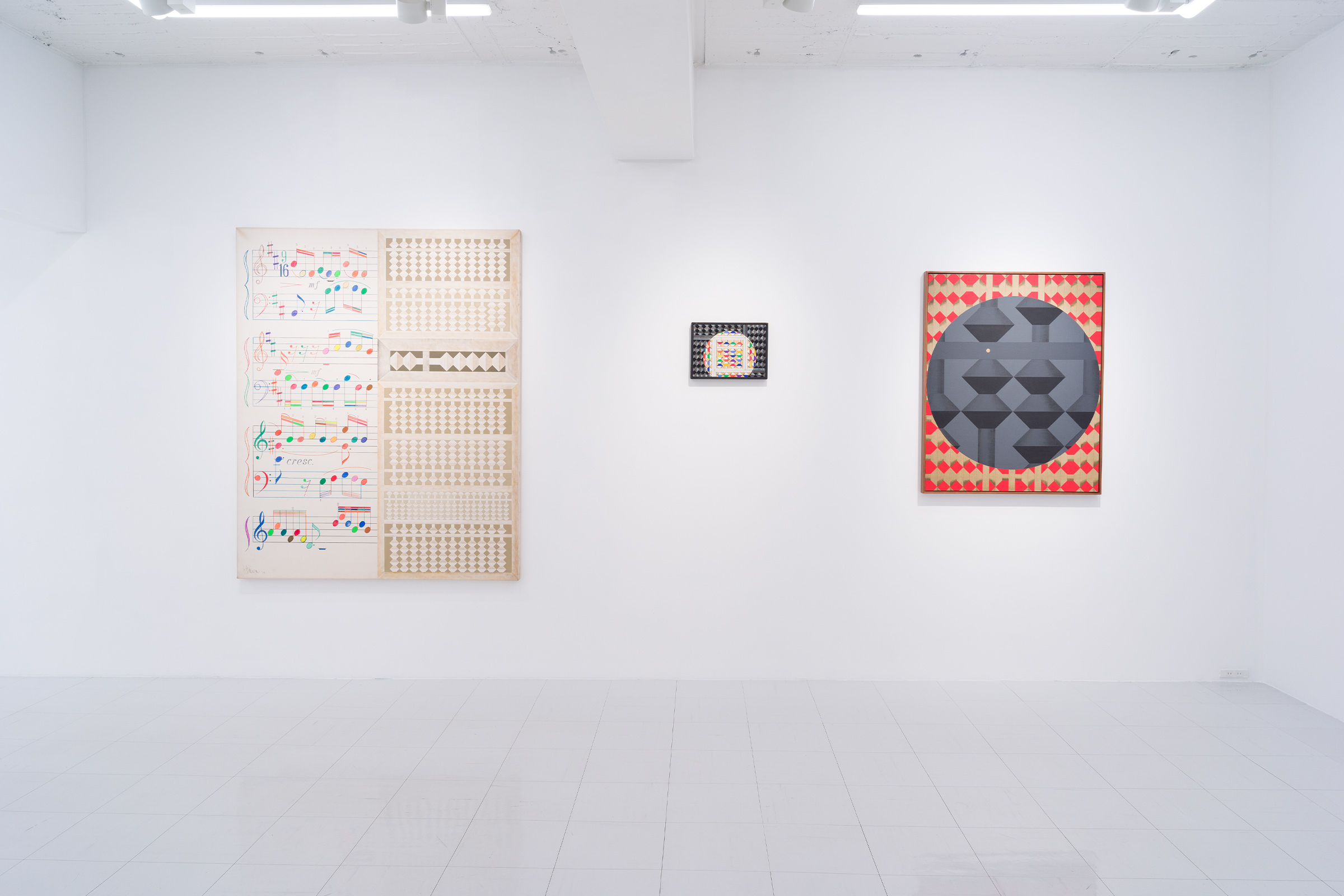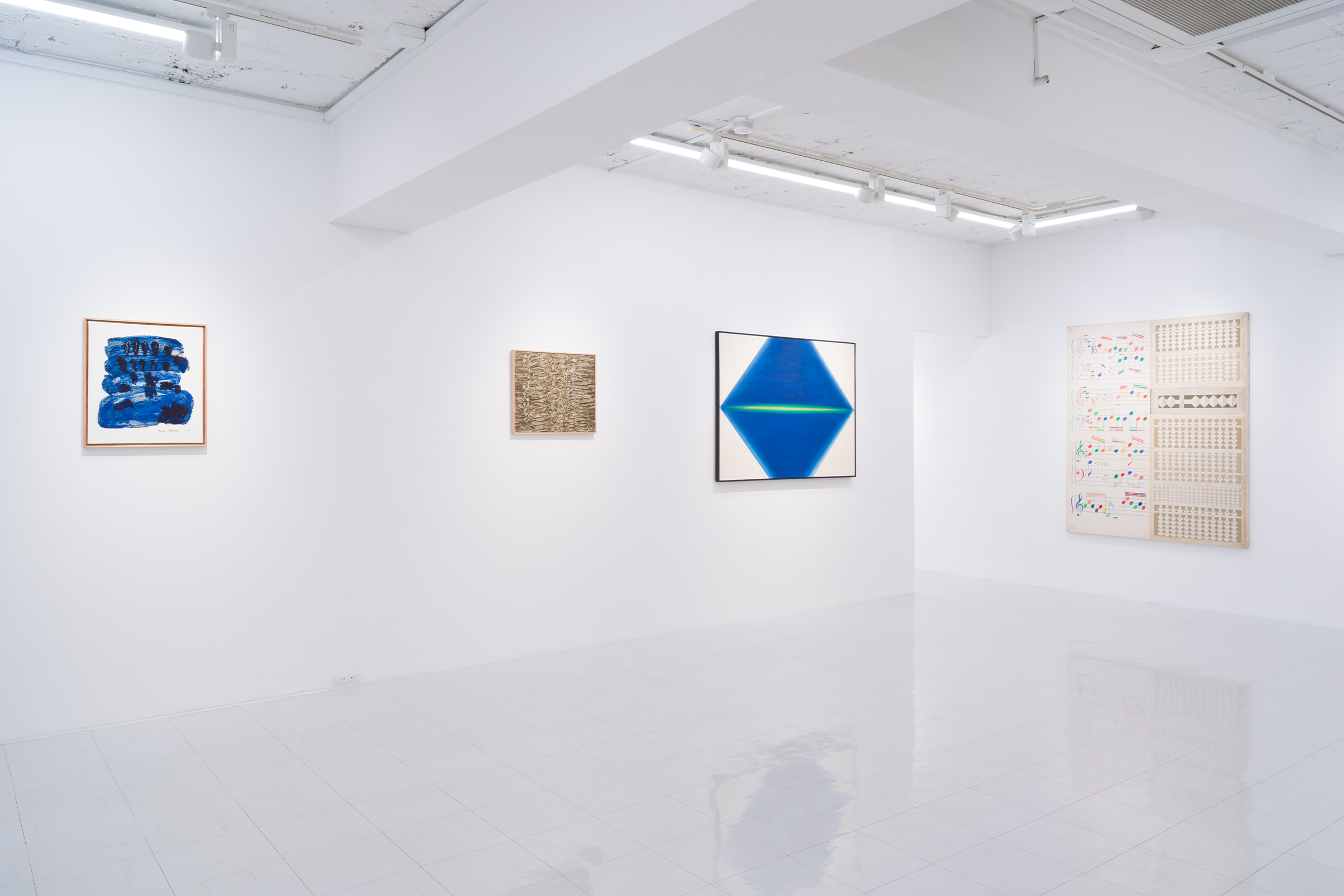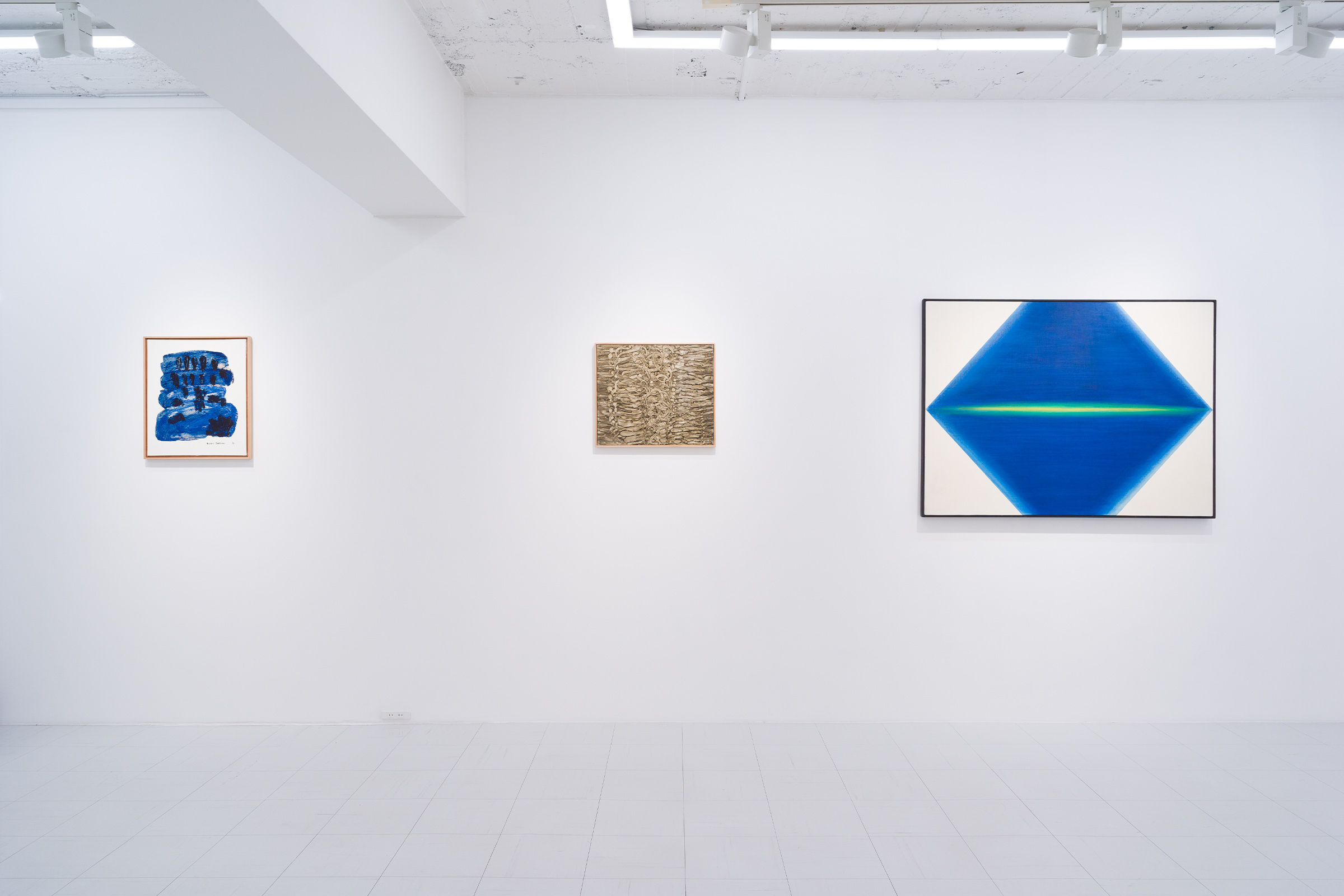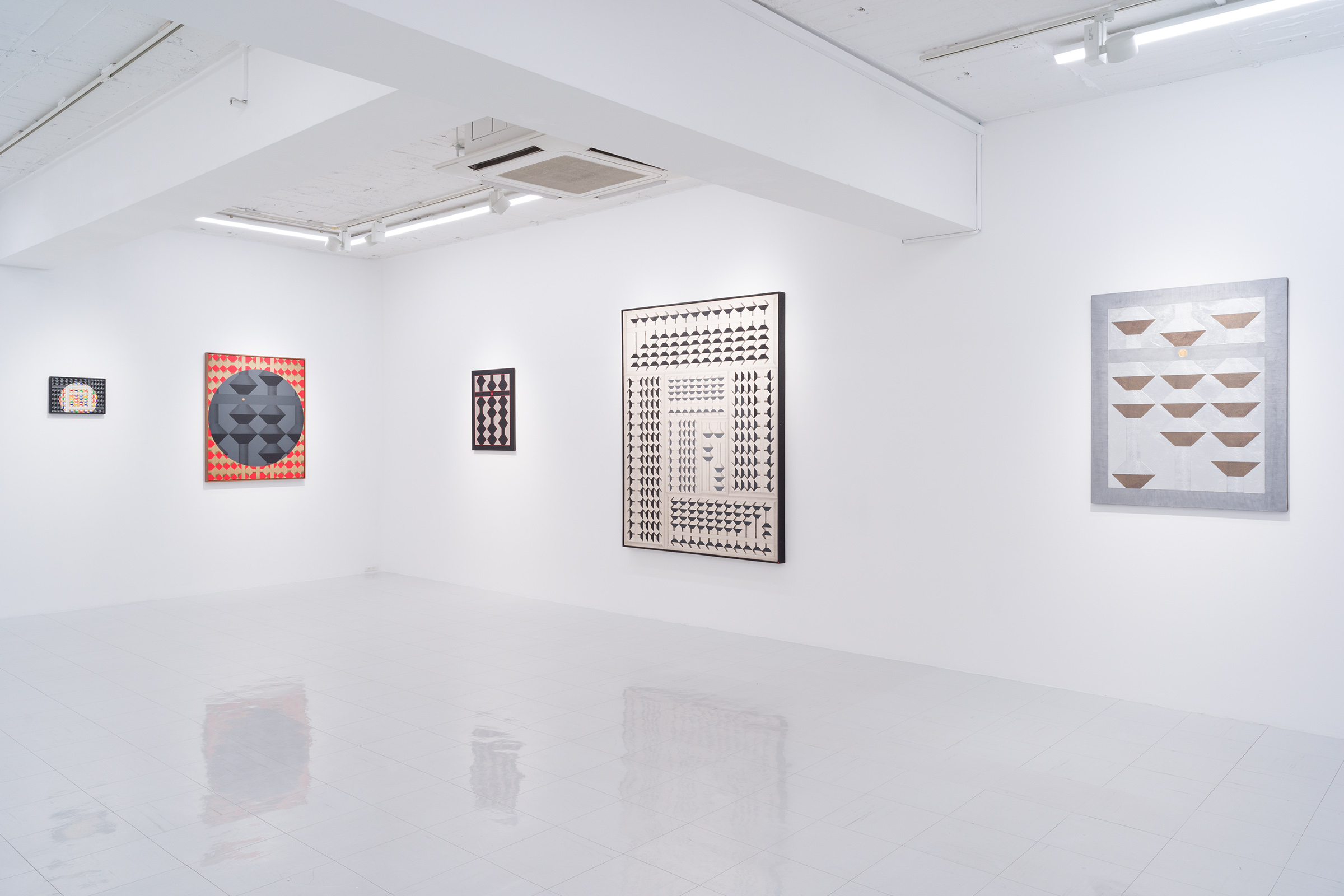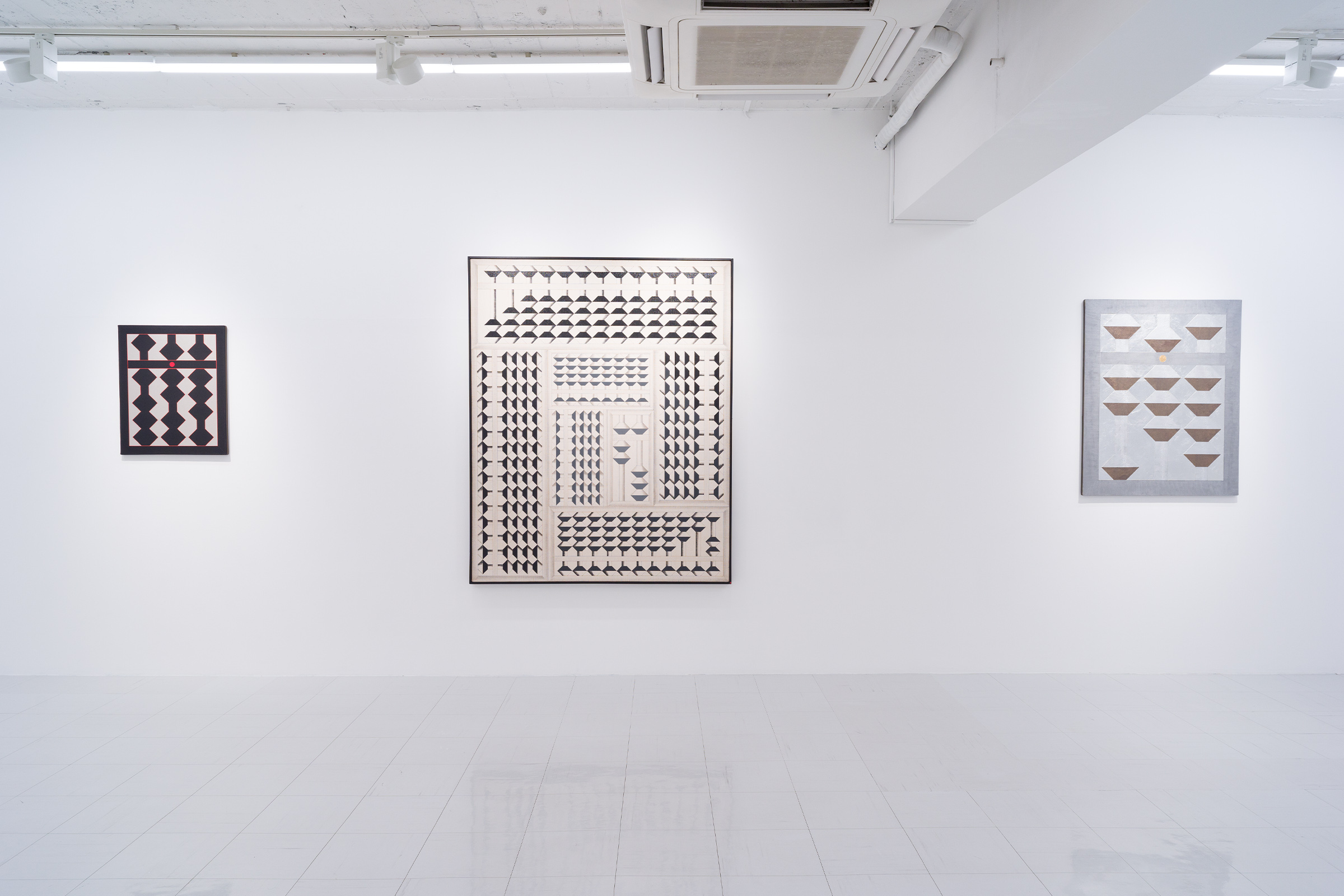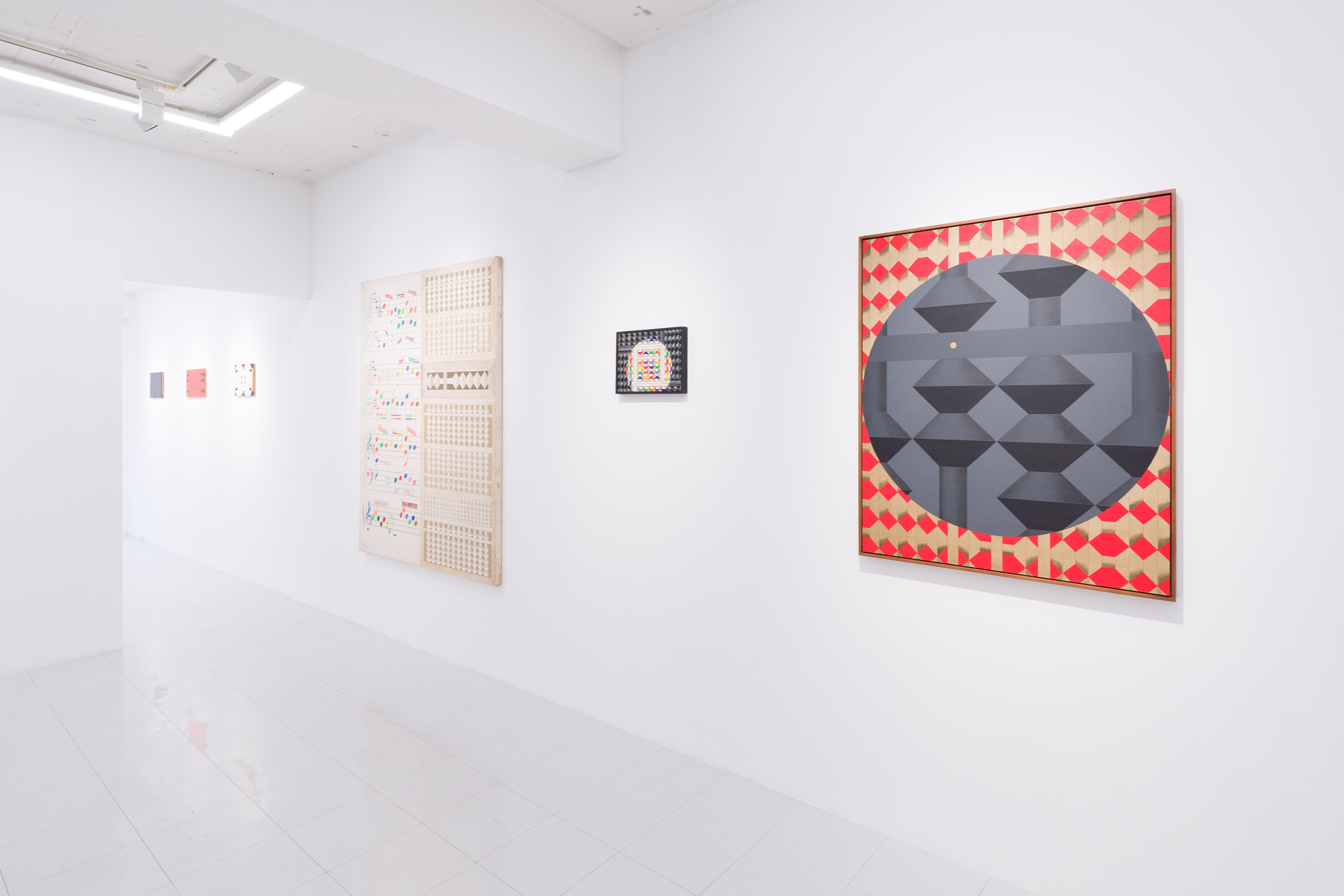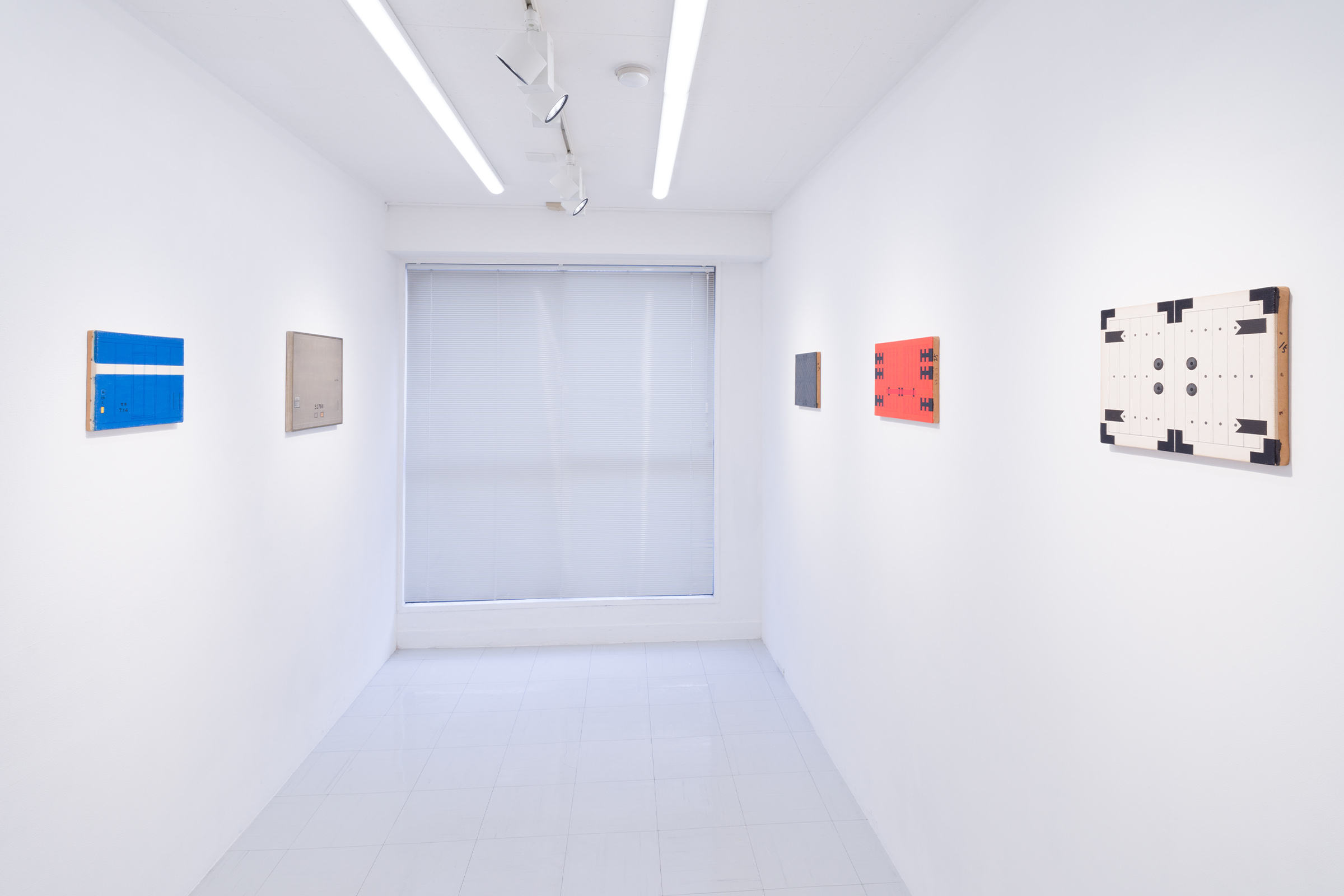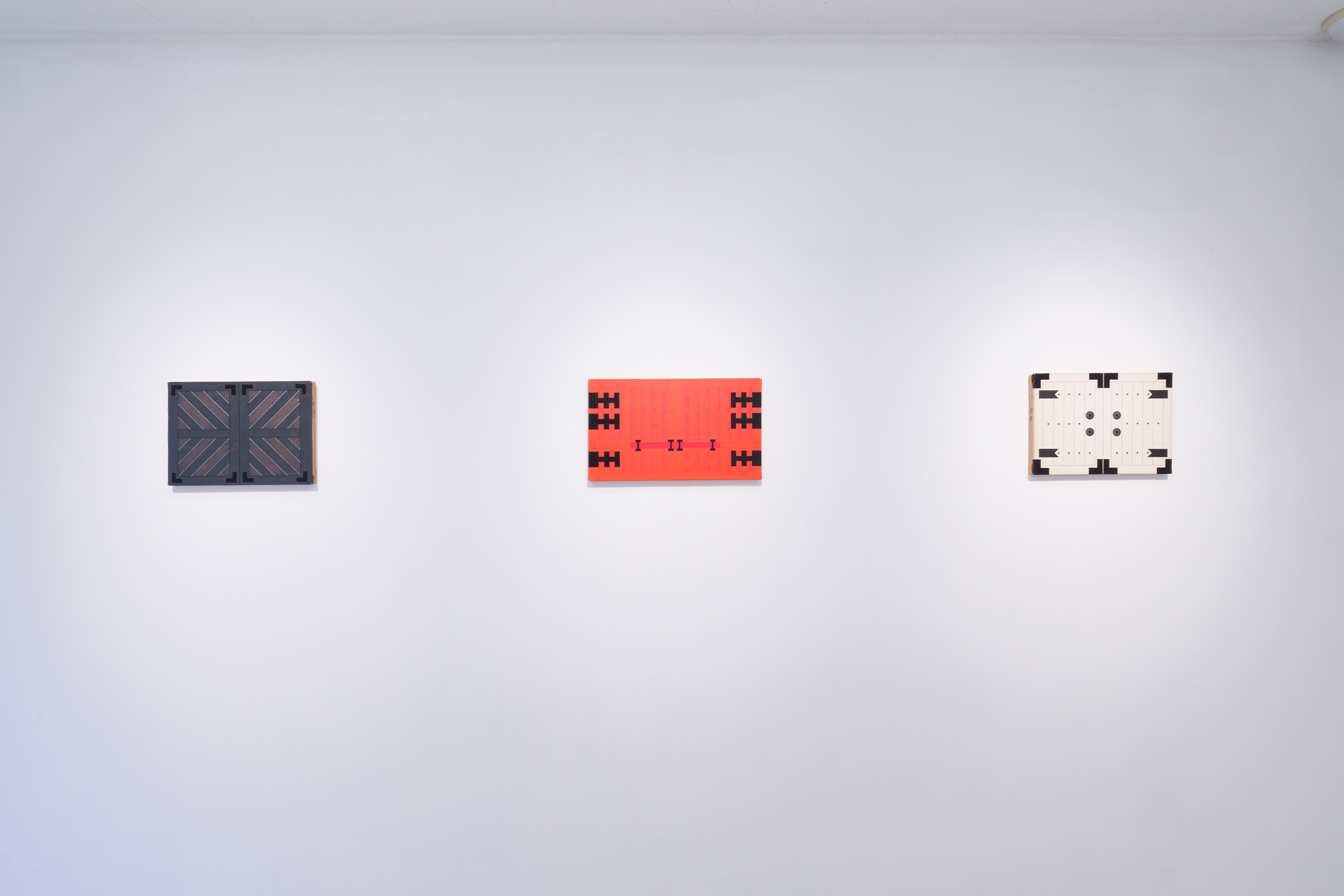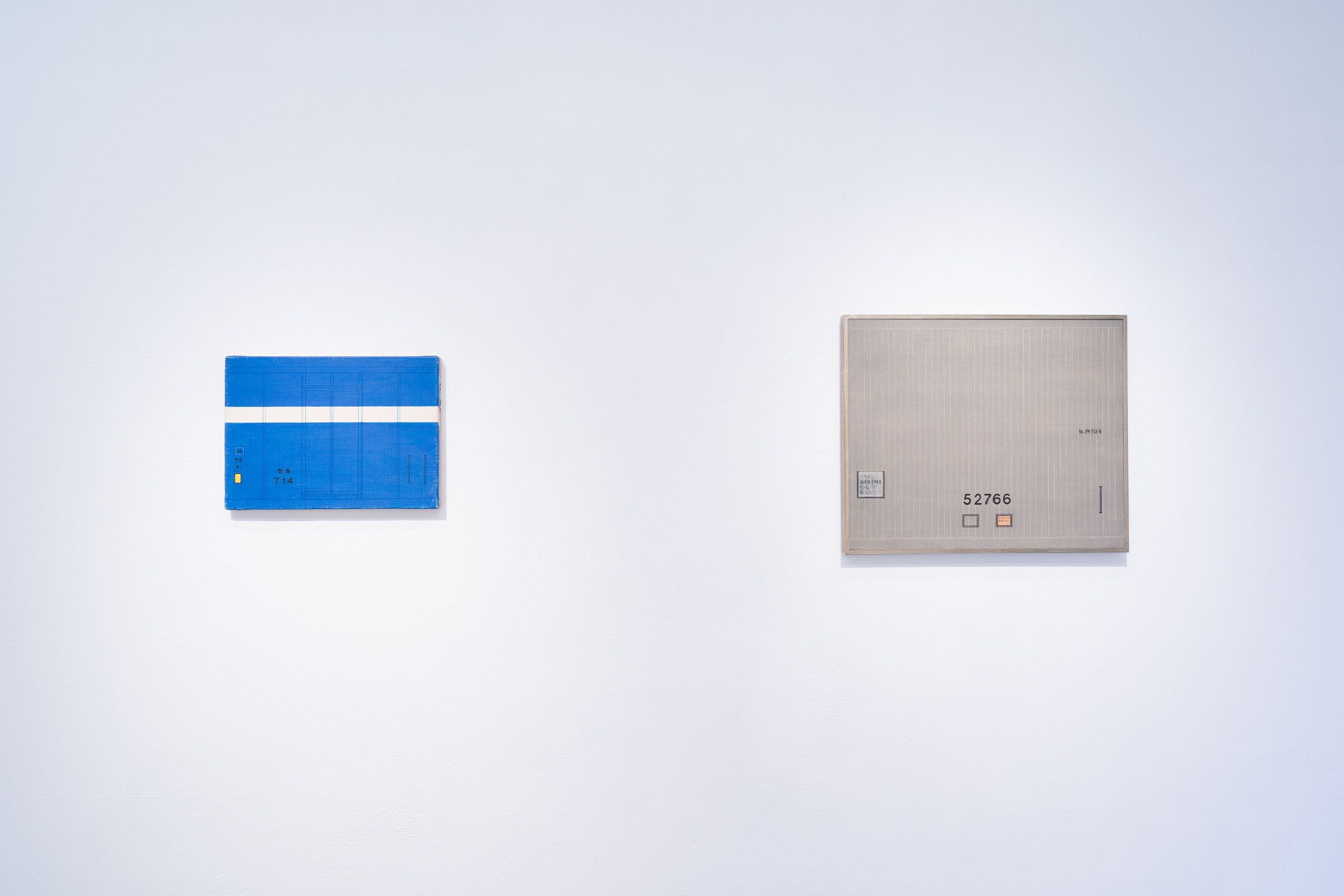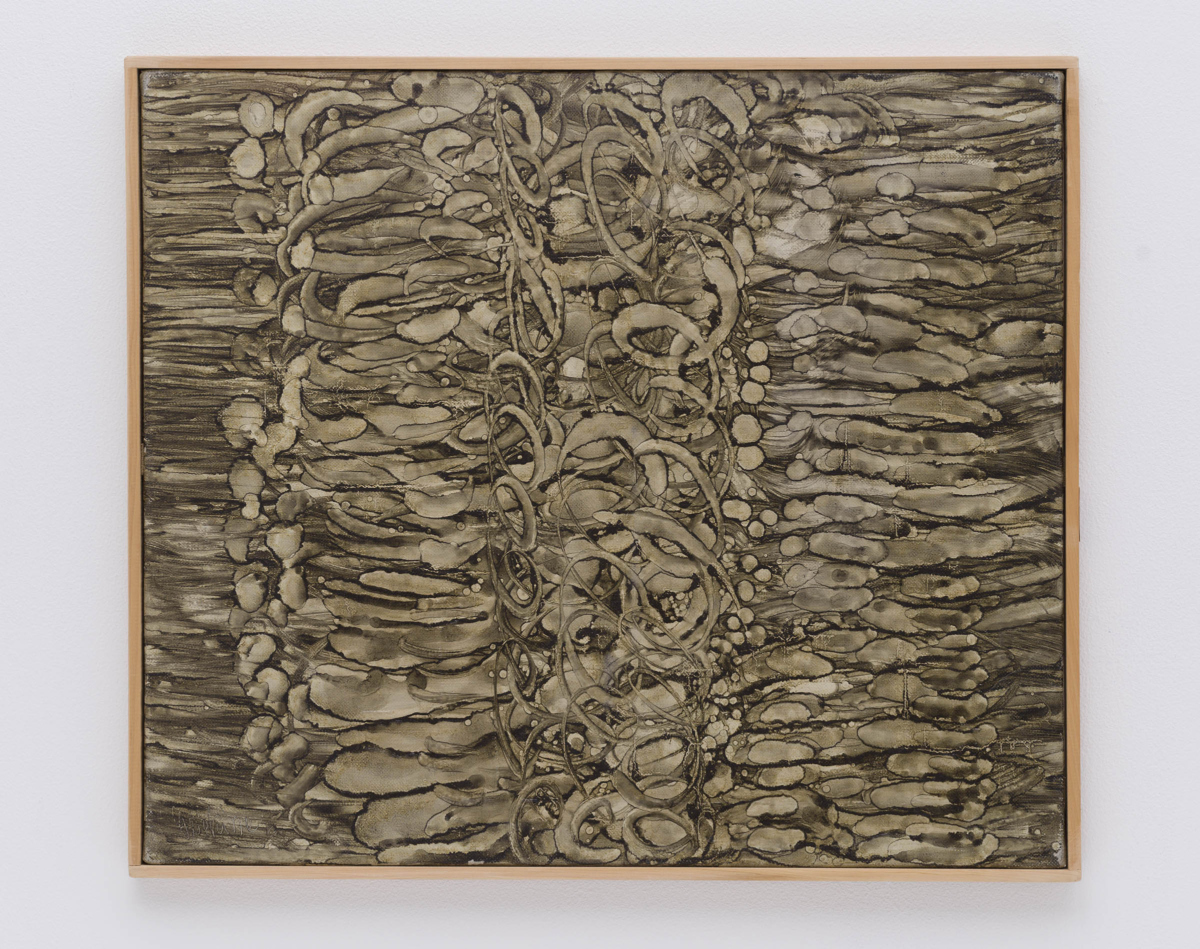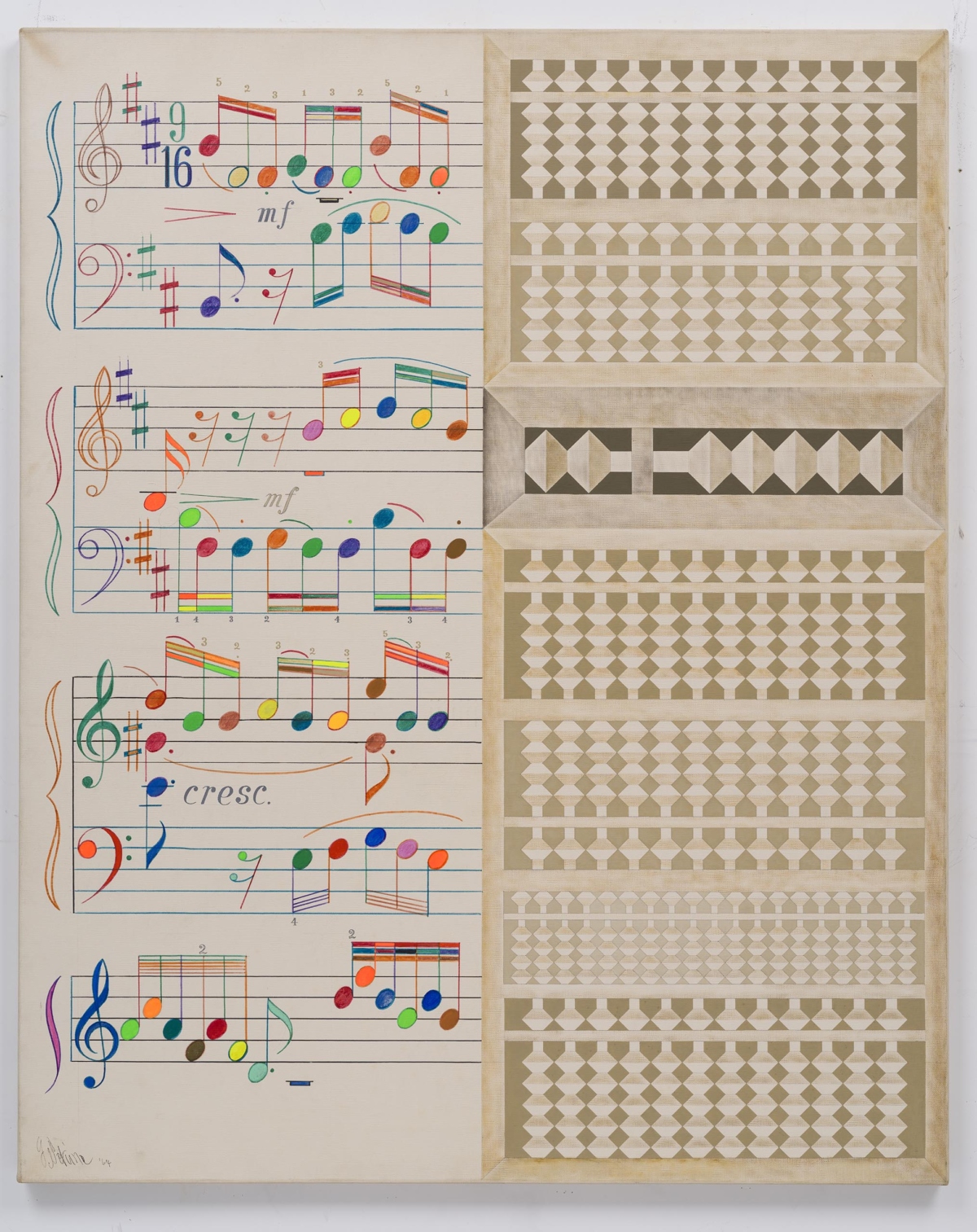Tokyo Gallery +BTAP is pleased to present the exhibition Yoshio Sekine, opening on February 5th (Sat). Yoshio Sekine (1922-1989) was a prominent figure of Postwar Japanese Art, and we have presented five solo exhibitions by the artist since 1965. This exhibition centers on Abacus, a series of paintings he developed throughout his career.
Yoshio Sekine was born in Wakayama, Japan. Sekine met the influential painter Jiro Yoshihara (1905-1972) through the Jiyu Bijutsu Kyoukai (Free Artists' Association) and was involved in the founding of the avant-garde Gutai group in 1954. In 1955, Sekine participated in The 7th Yomiuri Independent Exhibition. In 1958, his work was selected for an exhibition curated by Michel Tapié (1909-1987), The International Art of a New Era: Informel and Gutai, which launched at the Takashimaya Department Store in Osaka and then travelled to Tokyo, Kyoto, Hiroshima, and Nagasaki. Sekine left Gutai and moved to Tokyo in 1959. At The 15th Yomiuri Independent Exhibition in 1963, he presented a painting of an abacus for the first time. From this point, Sekine went on to build his oeuvre around recurring motifs such as abacuses, gates, rail wagons, and Mt. Fuji. His other notable exhibitions include Trends in Contemporary Art: Paintings and Sculptures (the National Museum of Modern Art, Kyoto, 1964), The 2nd Nagaoka Contemporary Art Museum Award Exhibition (Nagaoka-shi, Niigata, 1965) and The 1960's: A Decade of Change in Contemporary Japanese Art (the National Museum of Modern Art, Tokyo, 1981, later travelling to the National Museum of Modern Art, Kyoto). Sekine also received the prestigious Mainichi Art Award in 1952.
Sekine produced abstract paintings that emphasized physicality and materiality around the time the Jiyu Bijutsu Kyoukai was founded. However, his focus gradually shifted after leaving the association. Often said to be inspired by Jasper Johns' Target series, Sekine generated many works exploring the abacus as a motif in a diverse range of colour schemes and compositions until his later years. Abacus beads can be moved and rearranged, each configuration signifying a number. They make an intriguing motif for generating geometric compositions because of this reconfigurability and semiotic function. In some of his works, the bead configuration indicates the work's completion date. Through such play on a numerical sign system, Sekine's depictions of abacuses seem to turn to abstraction. Simultaneously, these works could also be seen as representational images that bring out the abstract qualities inherent to the abacus itself, achieving a new kind of 'realism' that transcends traditional illusionism.
From the 1960s throughout the mid-1970s, Sekine created a series of paintings of boxcars and gates, alongside his abacus works. While he painted the abacus from the front, he painted the boxcars and gates from the side, continuing his pursuit of a picture field that does not impose a sense of perspective. The series, which shares qualities of drawings like blueprints or design drawings, was something of a milestone for Sekine, who was moving towards anti-illusionism in painting.
Including the earlier experimental works from the 1960s, this exhibition demonstrates how the Abacus series developed during the artist's lifetime. We look forward to welcoming you to the gallery.
WORKS
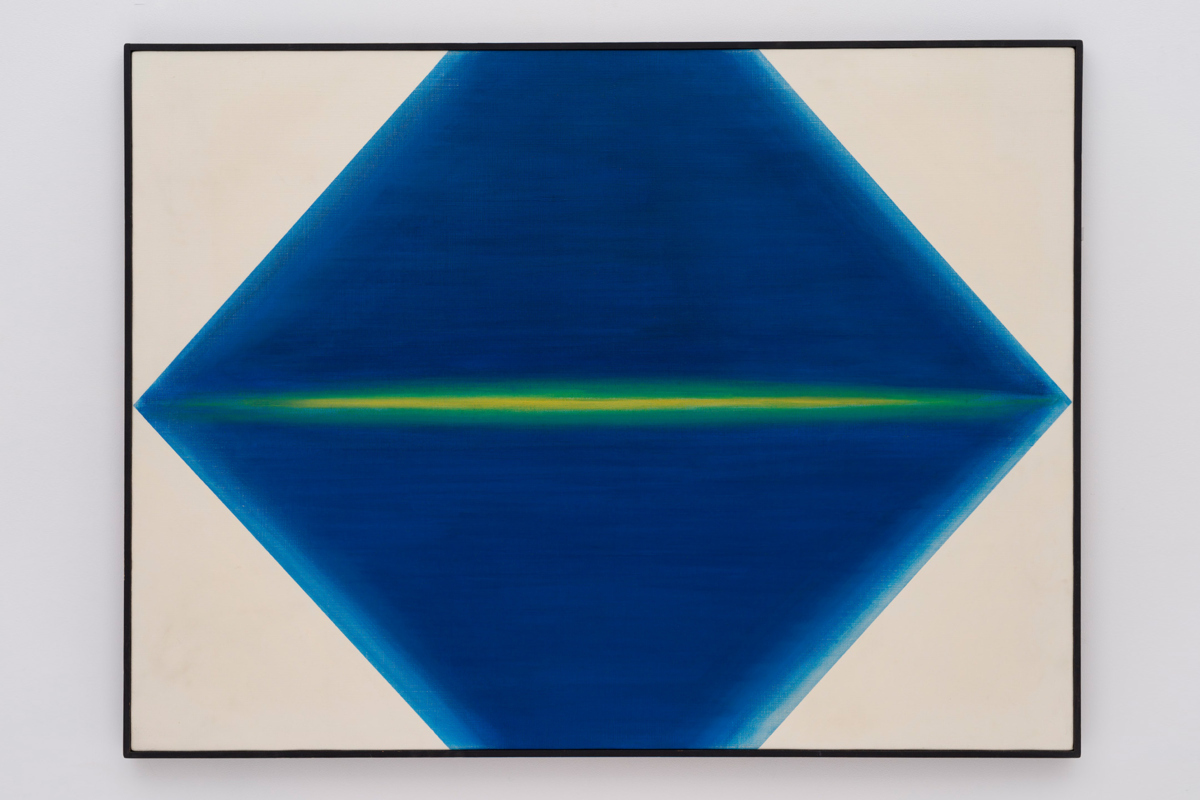
- Title
- #158
- Year
- 1968
- Material
- Oil on canvas
- Size
- 96.5 x 130 cm
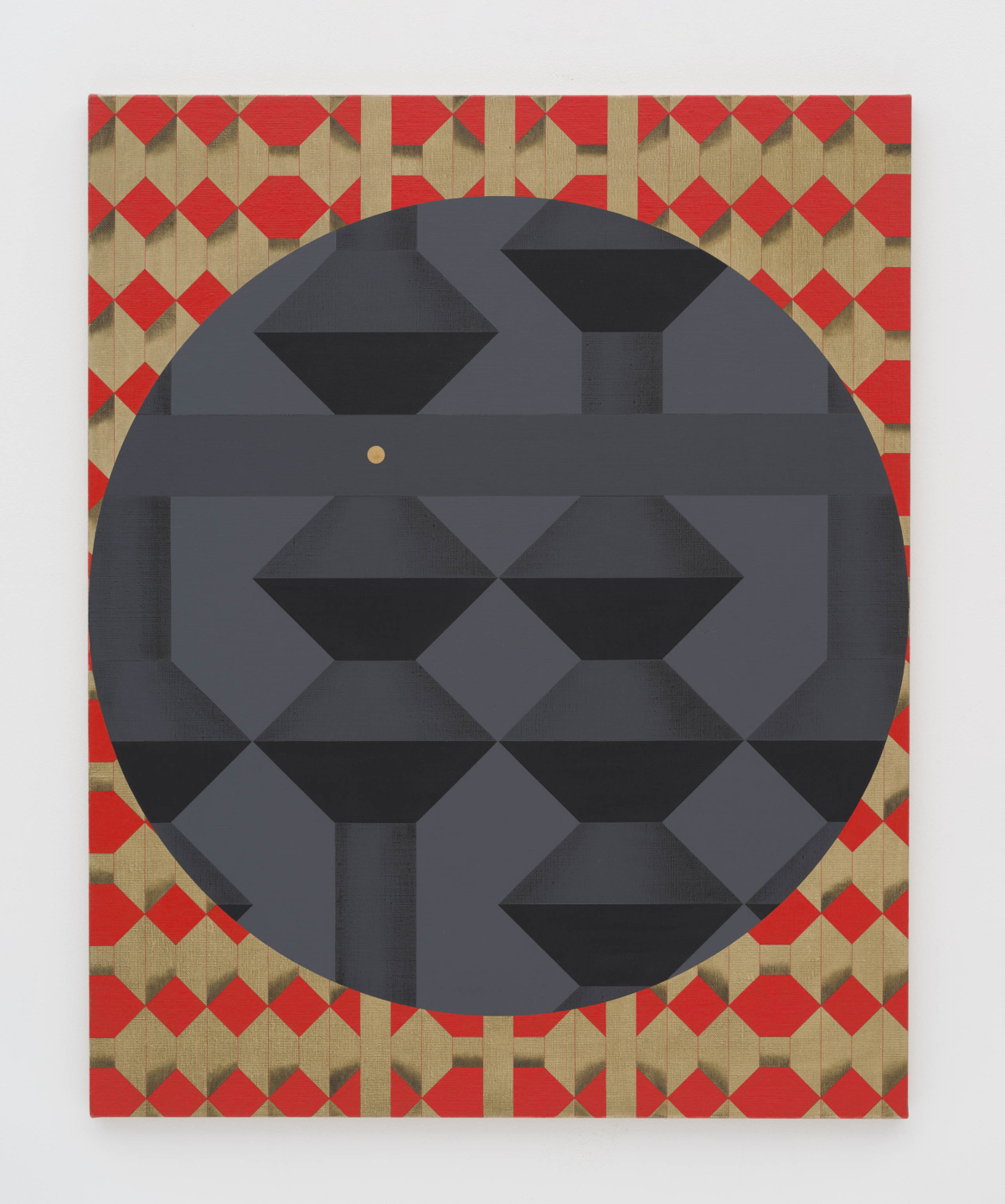
- Title
- No.340
- Year
- 1974
- Material
- Oil on canvas
- Size
- 100 x 80 cm
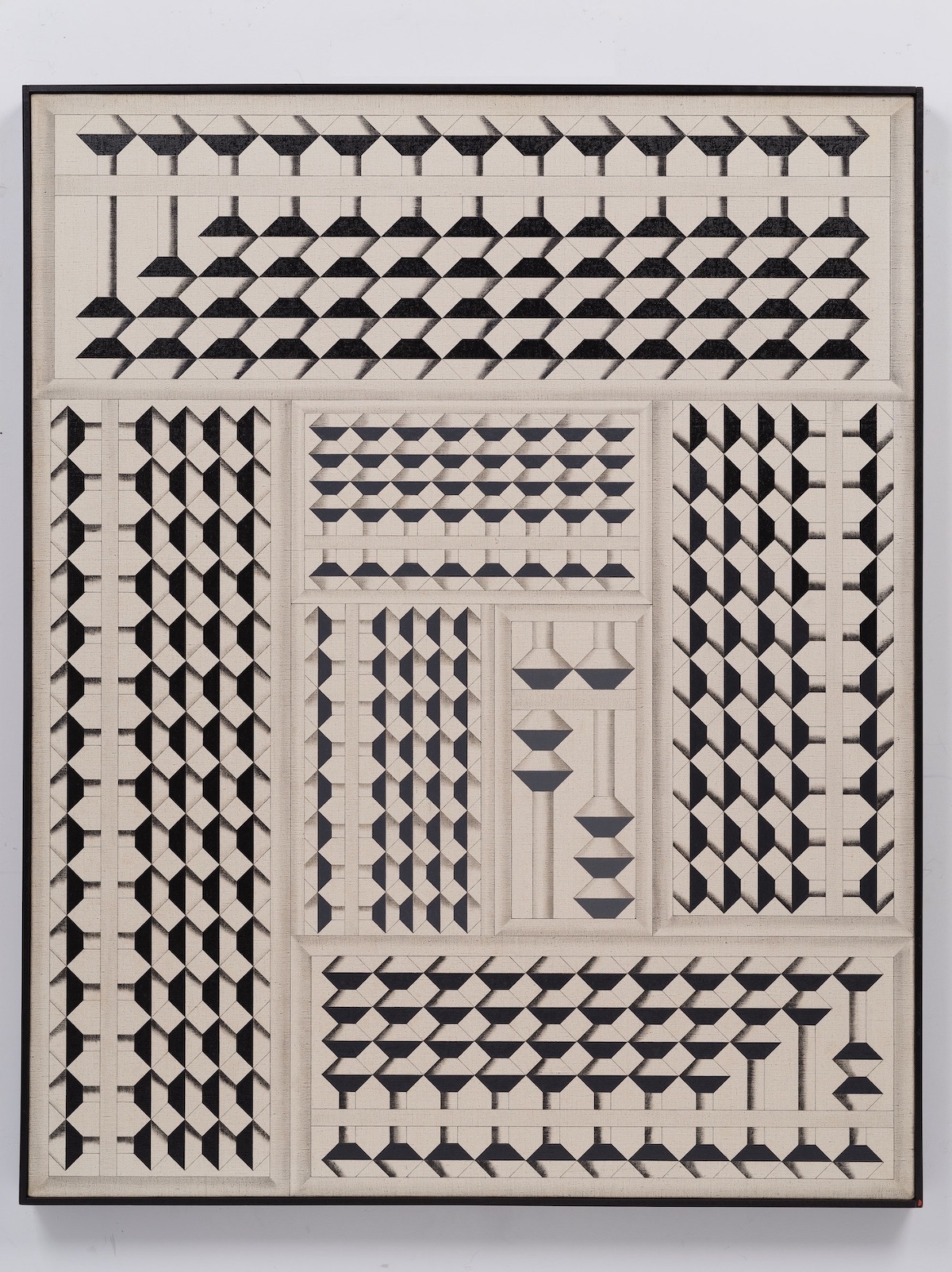
- Title
- No.388
- Year
- 1975
- Material
- Oil on canvas
- Size
- 132 x 165.5 cm
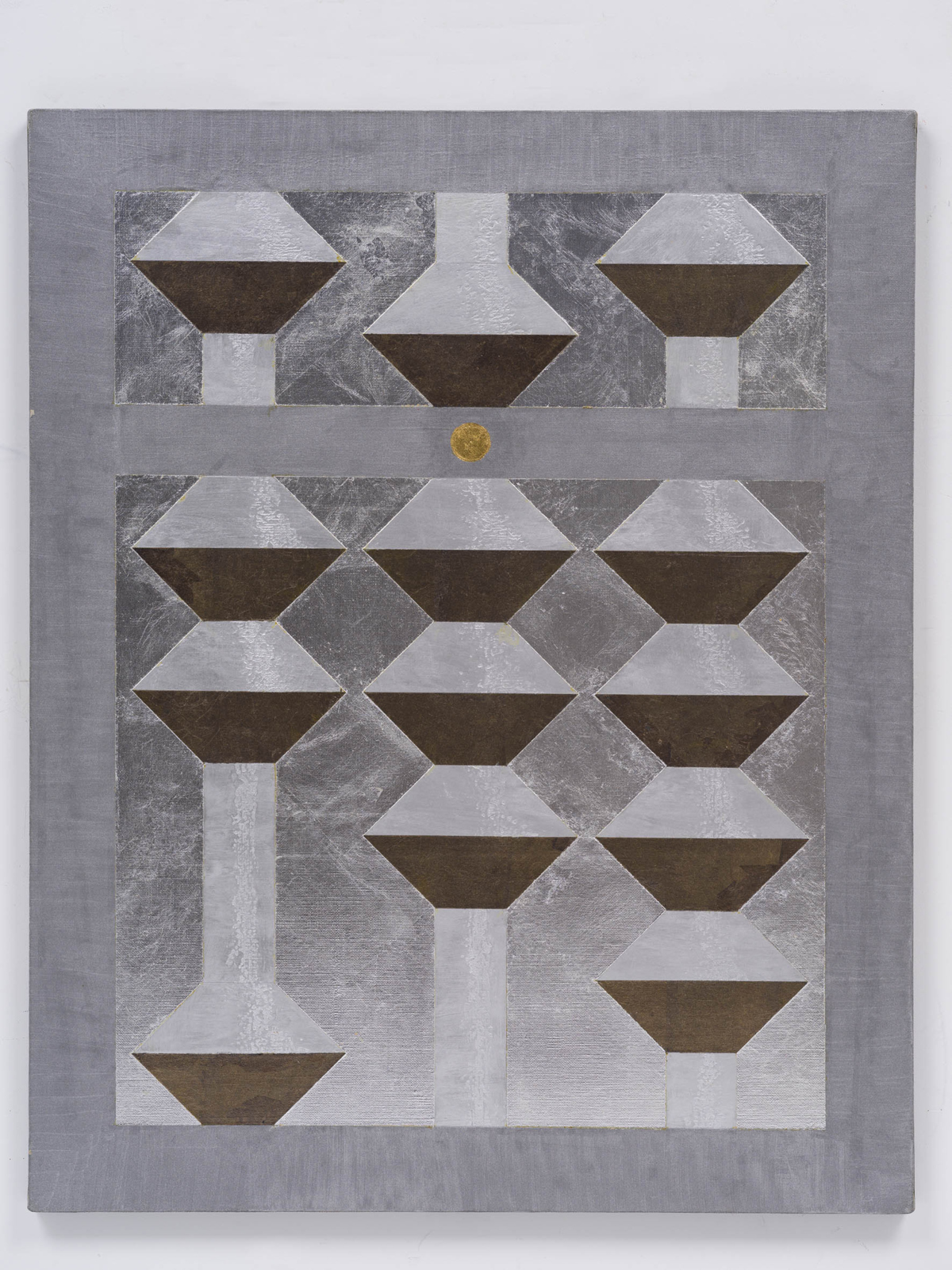
- Title
- No.563
- Year
- 1984
- Material
- Acrylic, aluminum foil, silver foil, gold foil on canvas
- Size
- 80.2 x 100 cm
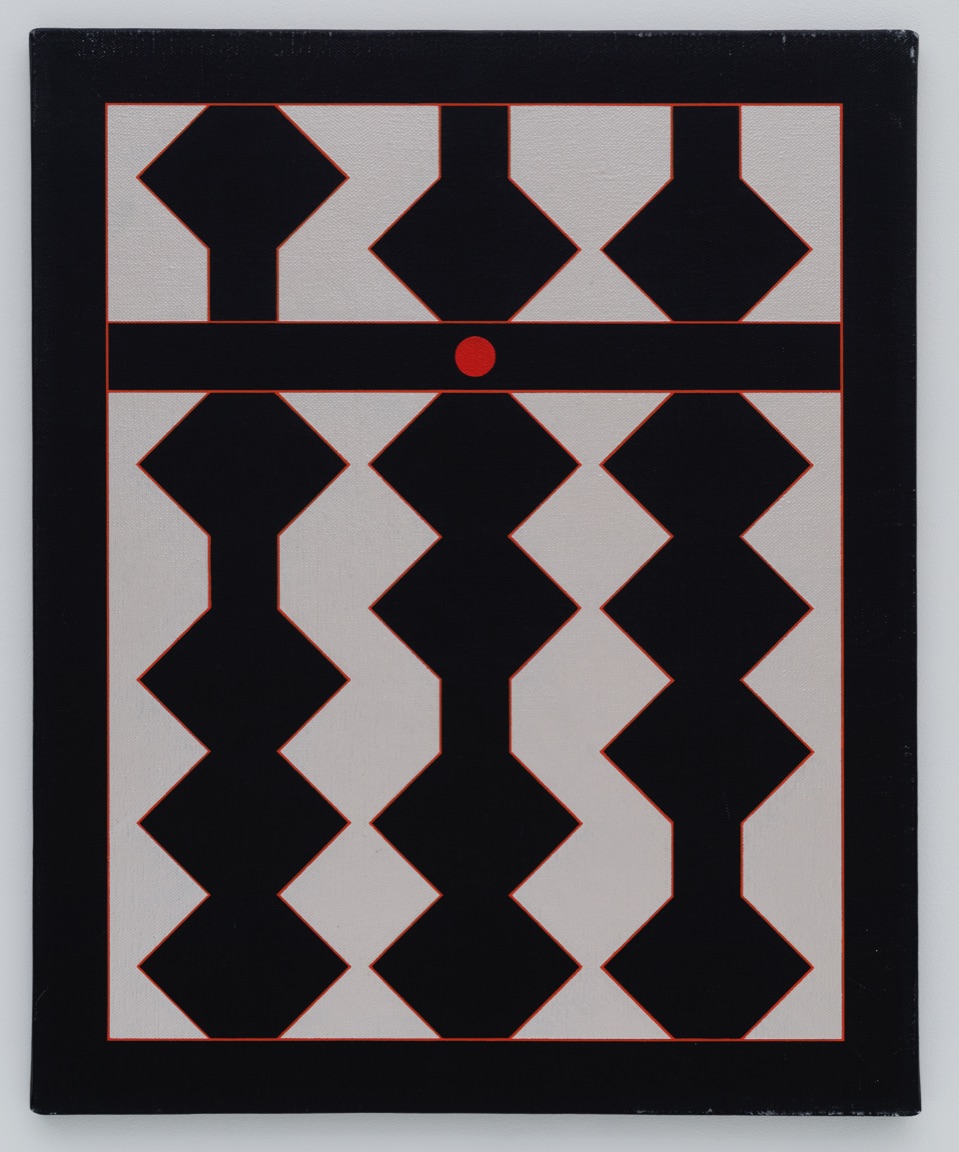
- Title
- No.479
- Year
- 1978
- Material
- Oil on canvas
- Size
- 65 x 53 cm
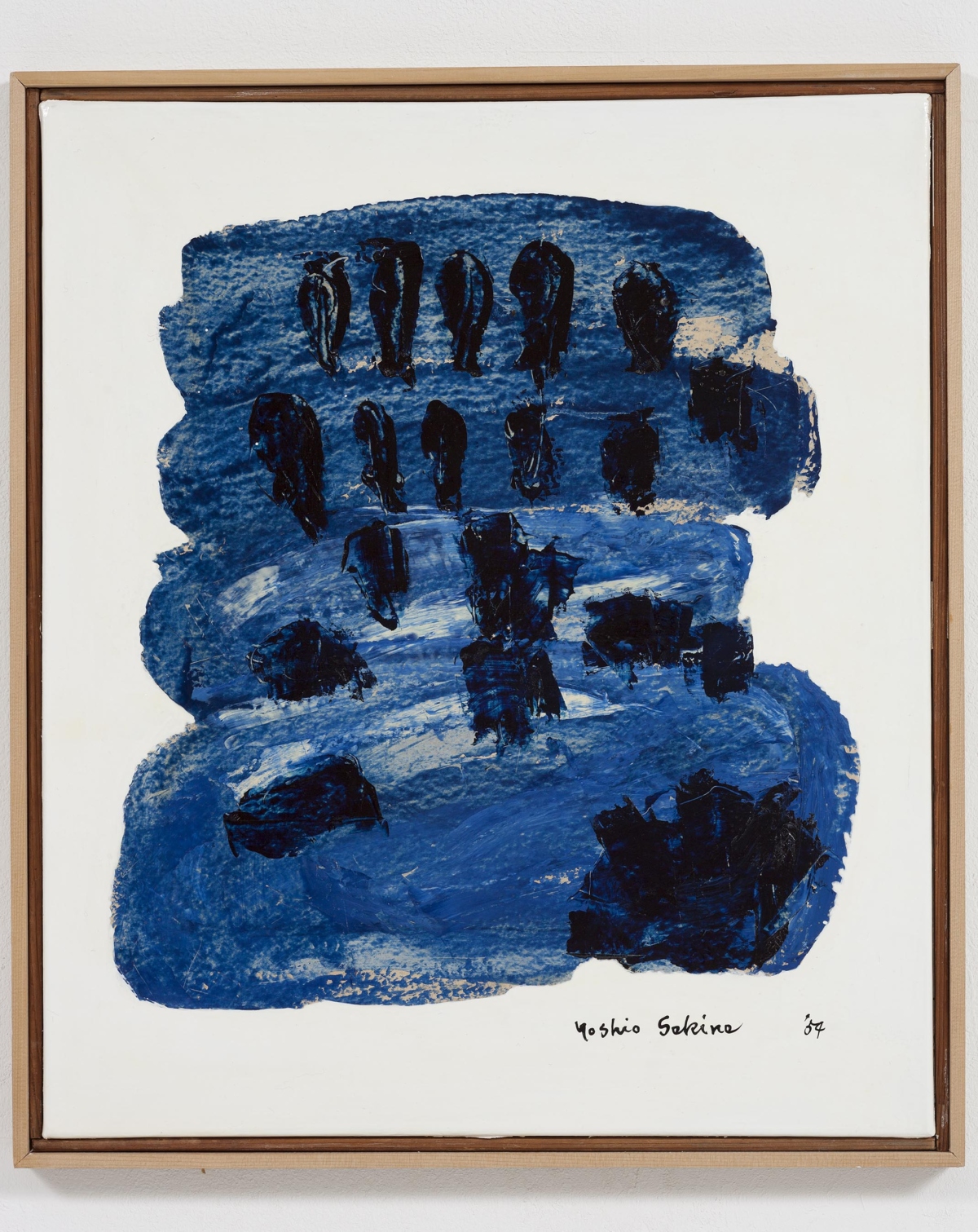
- Title
- GUTAI
- Year
- 1954
- Material
- Oil on canvas
- Size
- 53 x 45 cm
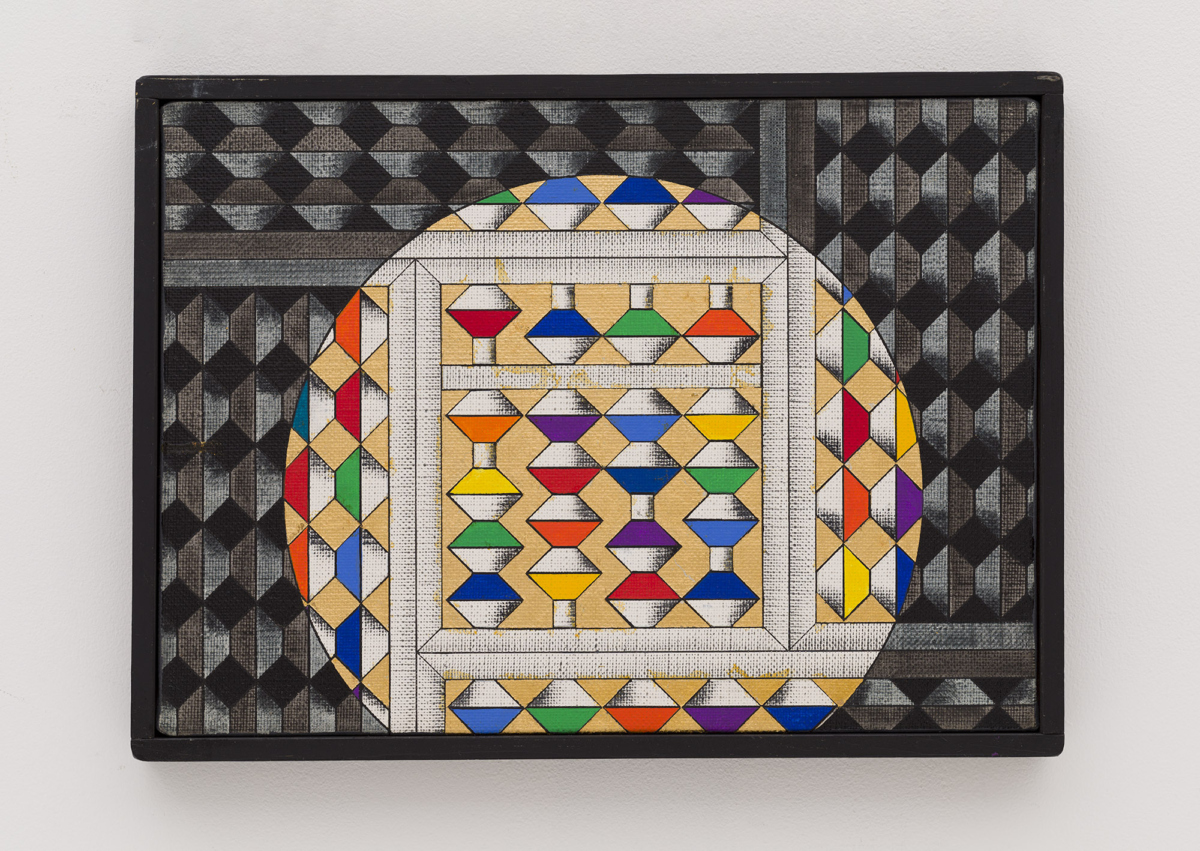
- Title
- No. 449
- Year
- 1978 (gold foil applied in 1984)
- Material
- Oil and gold foil on canvas
- Size
- 24 x 33.3 cm
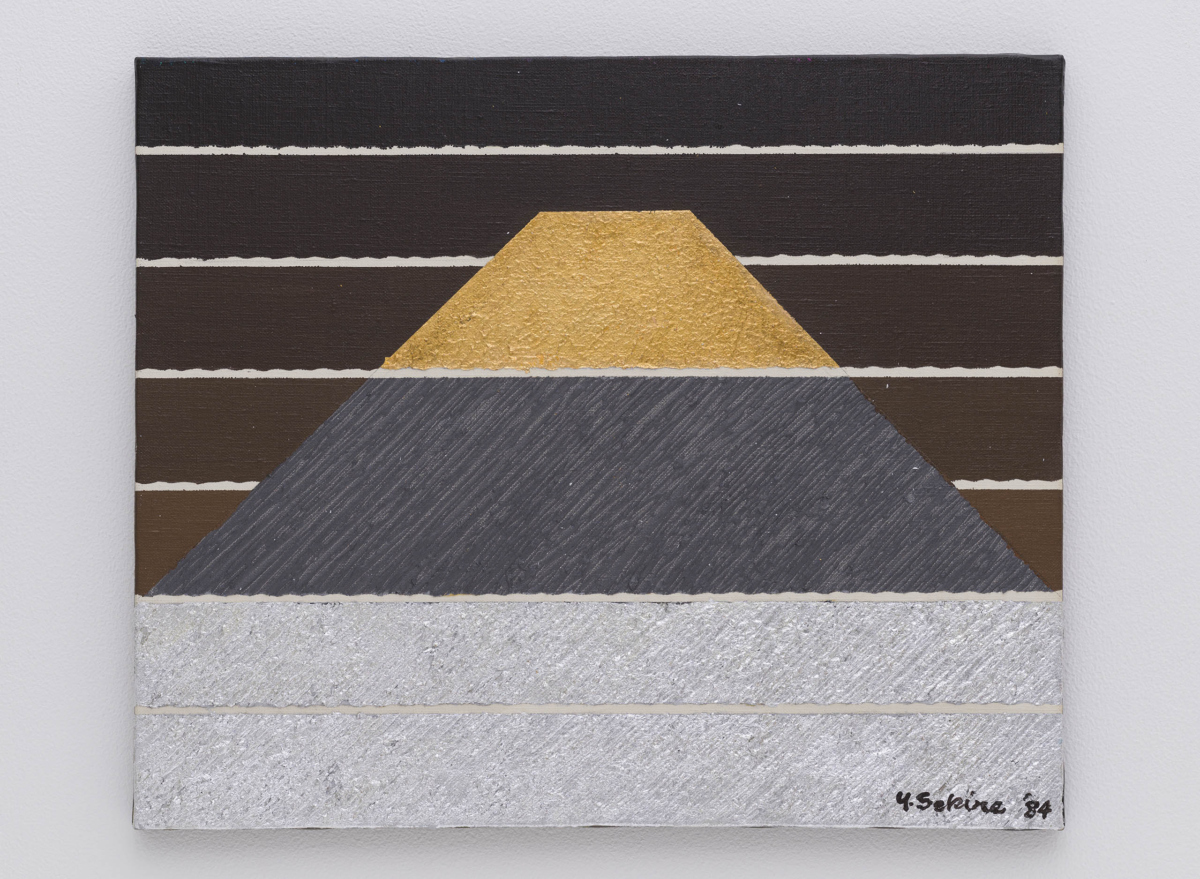
- Title
- Mt.130
- Year
- 1984
- Material
- Oil on canvas
- Size
- 38 x 46 cm
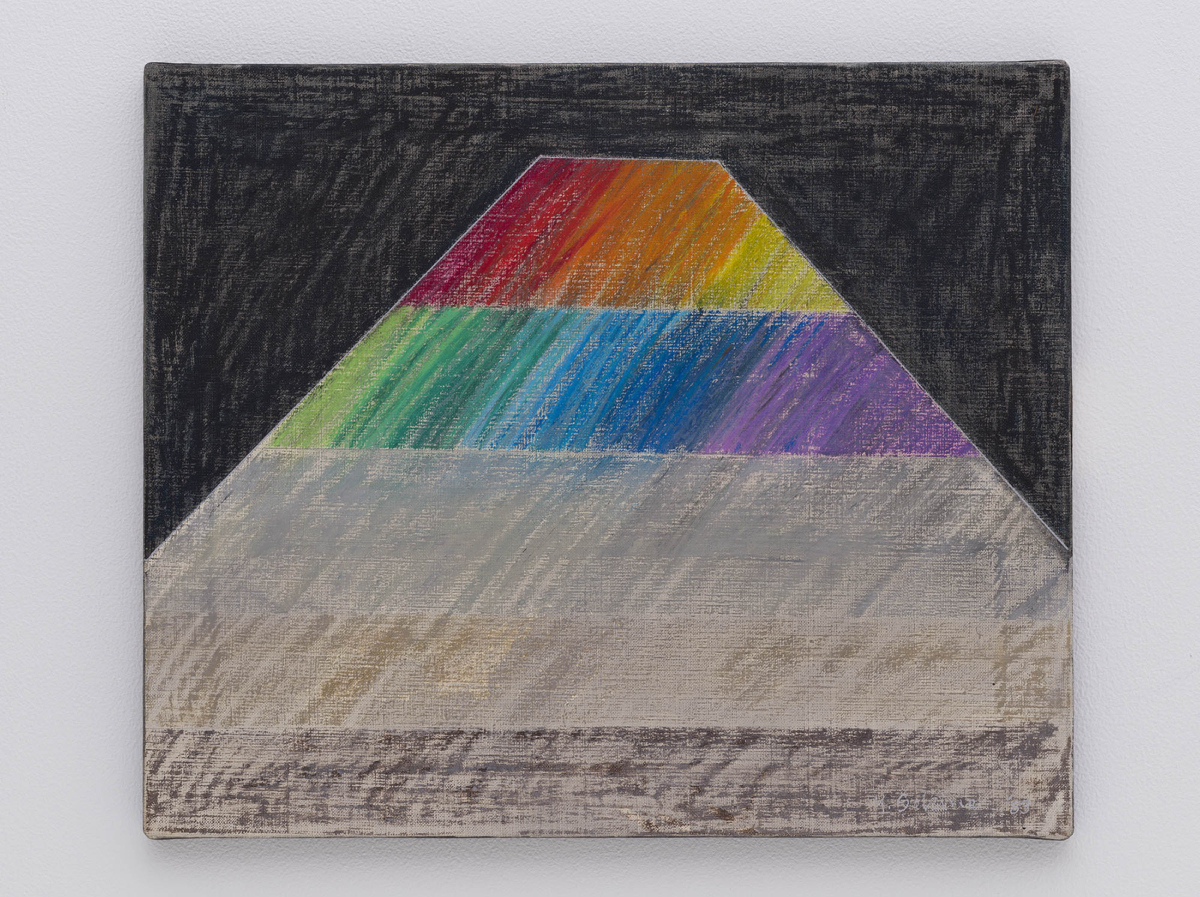
- Title
- Mt.57
- Year
- 1983
- Material
- Oil on canvas
- Size
- 38 x 46 cm
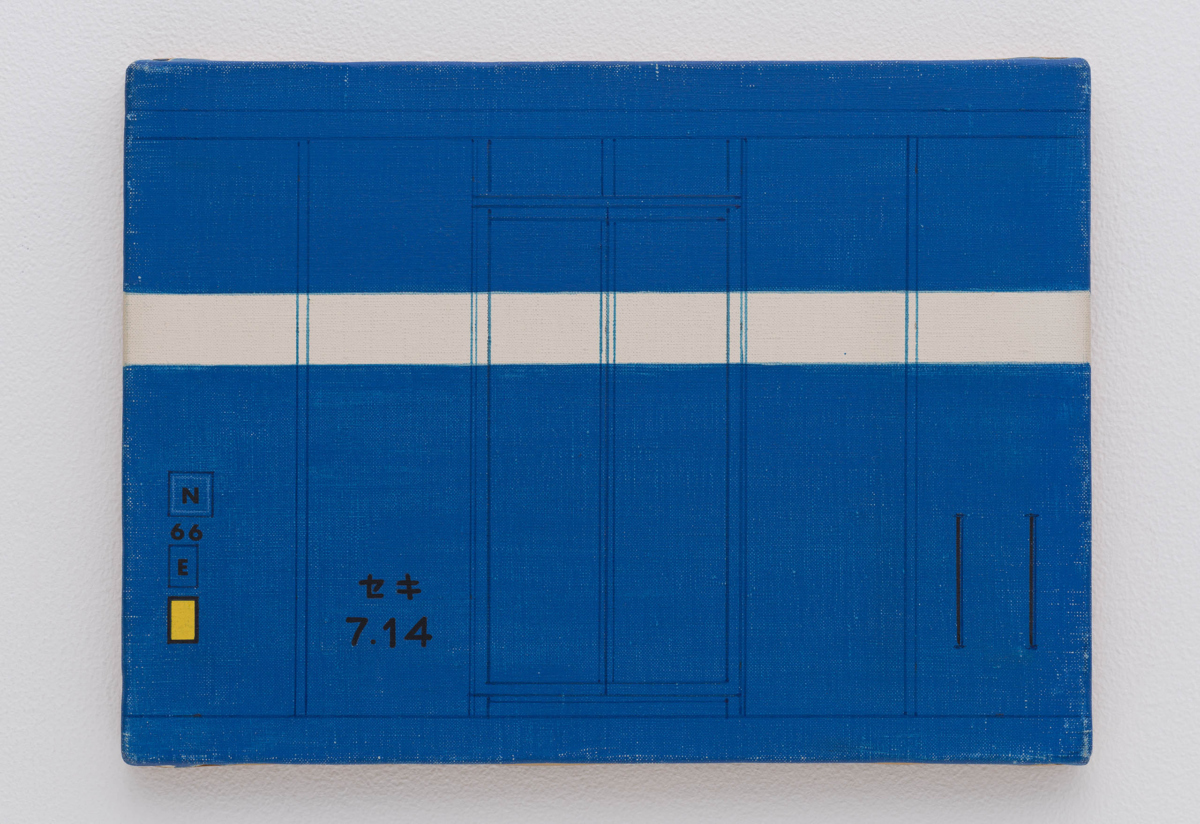
- Title
- Box・Car Blue・White(B-3)
- Year
- 1966
- Material
- Oil on canvas
- Size
- 24.5 x 33.5 cm
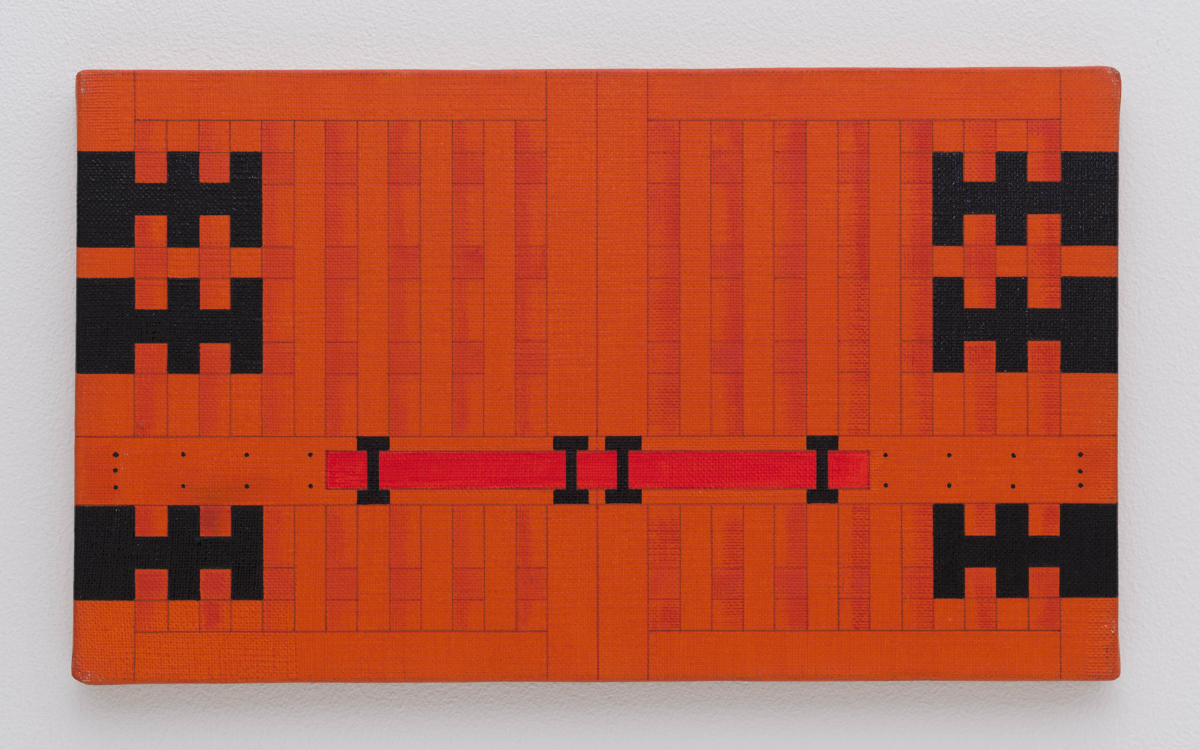
- Title
- No. G-25
- Year
- 1971
- Material
- Oil on canvas
- Size
- 24 x 41 cm
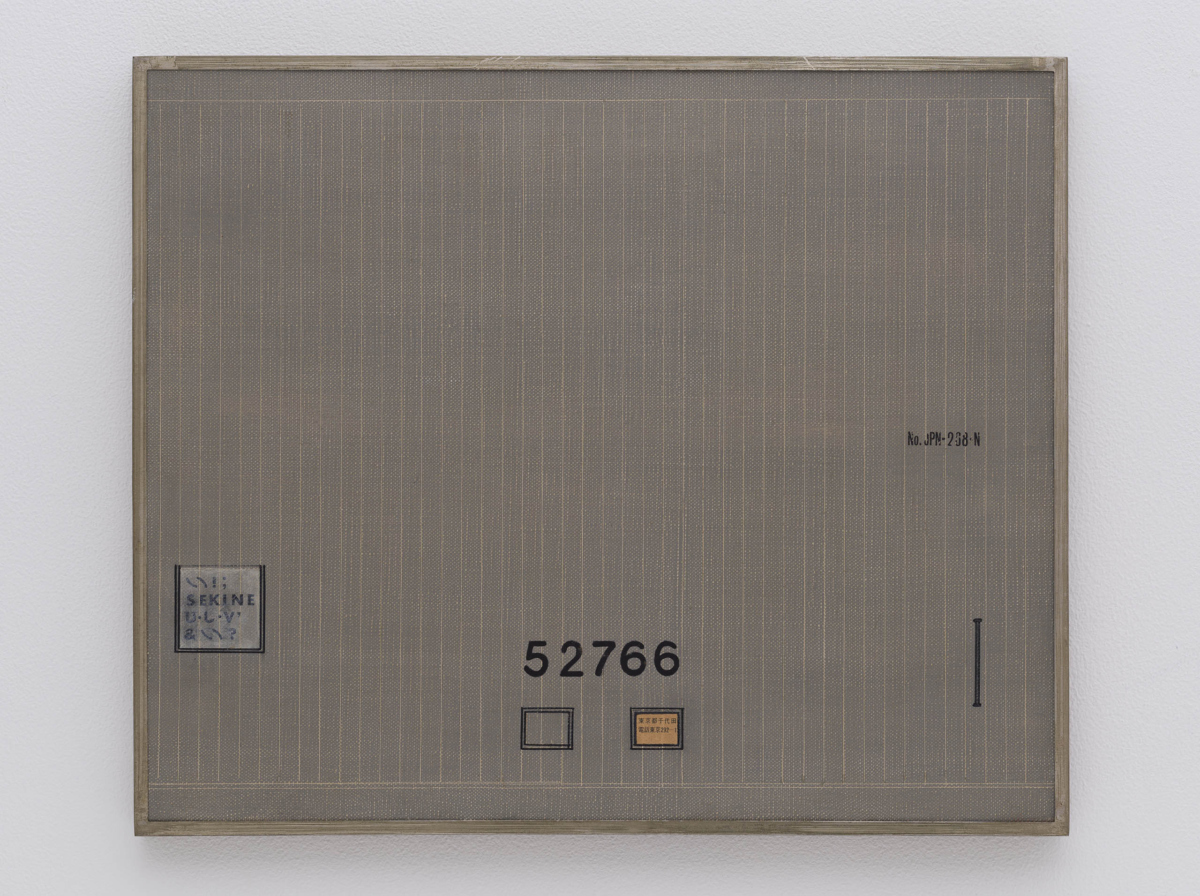
- Title
- B-6 Box Car
- Year
- 1966
- Material
- Oil on canvas
- Size
- 38 x 45.5 cm
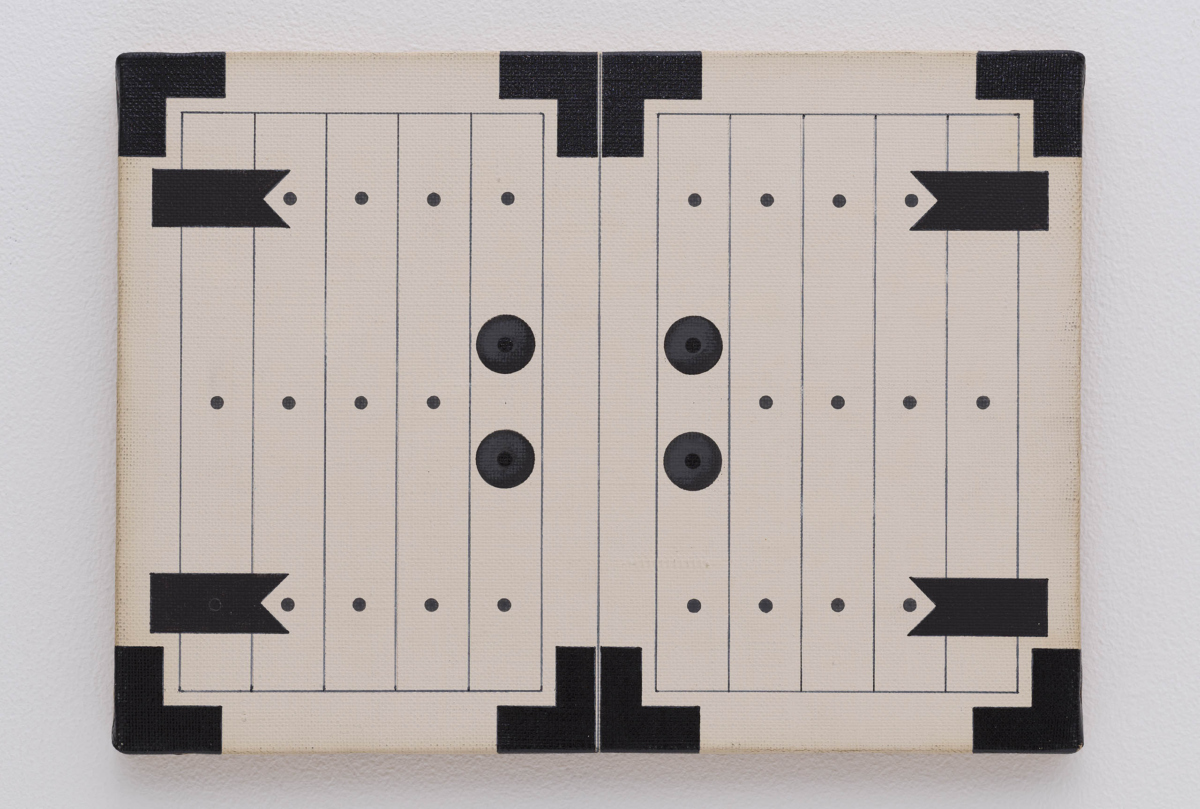
- Title
- G-15
- Year
- 1971
- Material
- Oil on canvas
- Size
- 24.2 x 33.8 cm
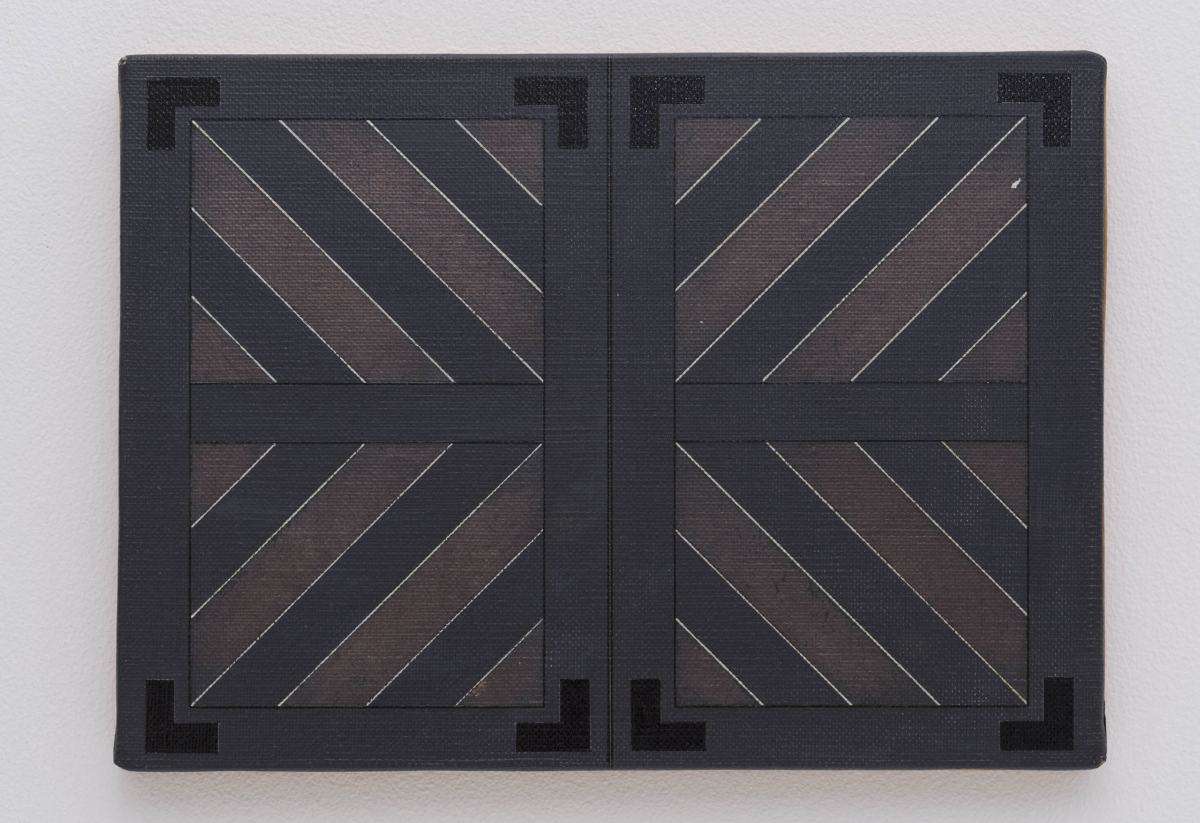
- Title
- G-19
- Year
- 1971
- Material
- Oil on canvas
- Size
- 24.4 x 33.3 cm
Yoshio Sekine
Yoshio Sekine was born in Wakayama, Japan. Sekine met the influential painter Jiro Yoshihara (1905-1972) through the Jiyu Bijutsu Kyoukai (Free Artists' Association) and was involved in the founding of the avant-garde Gutai group in 1954. In 1955, Sekine participated in The 7th Yomiuri Independent Exhibition. In 1958, his work was selected for an exhibition curated by Michel Tapié (1909-1987), The International Art of a New Era: Informel and Gutai, which launched at the Takashimaya Department Store in Osaka and then travelled to Tokyo, Kyoto, Hiroshima, and Nagasaki. Sekine left Gutai and moved to Tokyo in 1959. At The 15th Yomiuri Independent Exhibition in 1963, he presented a painting of an abacus for the first time. From this point, Sekine went on to build his oeuvre around recurring motifs such as abacuses, gates, rail wagons and Mt. Fuji. His other notable exhibitions include Trends in Contemporary Art: Paintings and Sculptures (the National Museum of Modern Art, Kyoto, 1964), The 2nd Nagaoka Contemporary Art Museum Award Exhibition (Nagaoka-shi, Niigata, 1965) and The 1960’s: A Decade of Change in Contemporary Japanese Art (the National Museum of Modern Art, Tokyo, 1981, later travelling to the National Museum of Modern Art, Kyoto). Sekine also received the prestigious Mainichi Art Award in 1952.
The abacus was perhaps the most prominent subject in Sekine's artistic career. He produced many works iterating this motif in a diverse range of colour schemes and compositions until his later years. Abacus beads can be moved and rearranged, each configuration signifying a number. Because of this reconfigurability and semiotic function, abacus beads make an intriguing motif for generating geometric compositions. In some of his works, the bead configuration indicates the date the work was completed. Through such play on a numerical sign system, Sekine's depictions of abacuses seem to turn to abstraction. Simultaneously, these works could also be seen as representational images that bring out the abstract qualities inherent to the abacus itself, achieving a new kind of 'realism' that transcends traditional illusionism.
